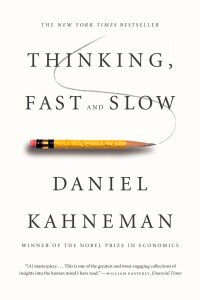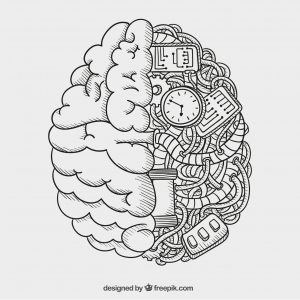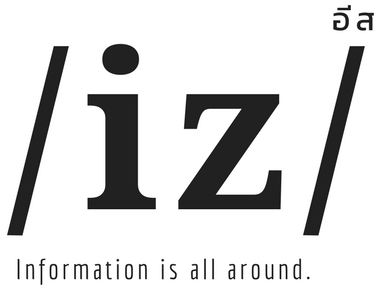
In a psychological perspective of Daniel Hahnemann’s popular book ‘Thinking, Fast and Slow,’ there are two dual systems of thinking in our minds, i.e. System 1 and System 2.
- System 1, aka the heuristic reasoning, operates automatically and quickly, with little or no effort and no sense of voluntary control.
- System 2, aka the systematic reasoning, allocates attention to the effortful mental activities that demand it, including complex computations.
Comparing the above two- minds concept in psychology with another context of information seeking behaviors in information studies, we can find some similarities in both disciplines. System 1 is called the Principle of Least Effort generally applied in the study area of information seeking behaviors, whereas System 2 is known as the Organized Search Strategy.

In terms of teaching information literacy (IL) especially to online information seekers, there is at least a big gap between two groups: the group of information seekers and the group IL teachers (information professionals).
The first group always searches information they need with the heuristic reasoning in mind. They tend to have no enough knowledge on high-effort search strategies such as Boolean search, controlled vocabularies, subject headings, and so on. The second group, on the other hand, seems to force the information seekers to be theoretically trained without care of the first group’s authentic preference as well as familiarity. Heuristic, simple and convenient tactics of information search employed by the seekers are often overlooked by the IL trainers.
It is such challenging task for both information practitioners and researchers to do rigor enquiries into the information seekers’ minds and decision-making processes to truly understand their information seeking behaviors as well as develop some practical frameworks for teaching IL appropriate for new generations of online users.
Clearly, either aspects of fast (emotional) or slow (logical) thinking of people, who are our customers or information seekers, can provide valuable insights to the information sector and industry indeed.
Further readings:
- Kahneman, D. (2013). Thinking, Fast and Slow (1st edition). New York: Farrar, Straus and Giroux.
- Schwieder, D. (2016). Low-Effort Information Searching: The Heuristic Information-Seeking Toolkit. Behavioral & Social Sciences Librarian, 35(4), 171–187. https://doi.org/10.1080/01639269.2017.1289019

